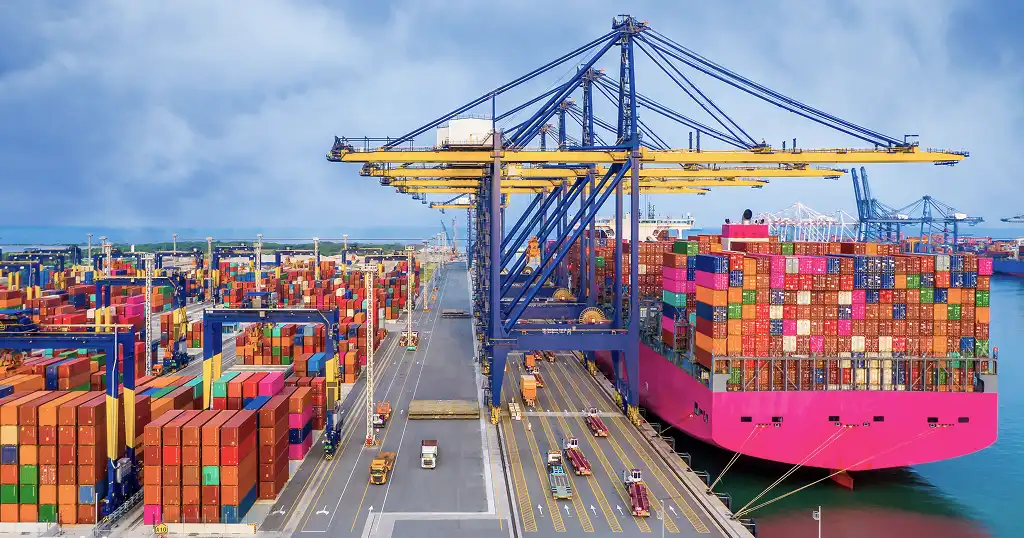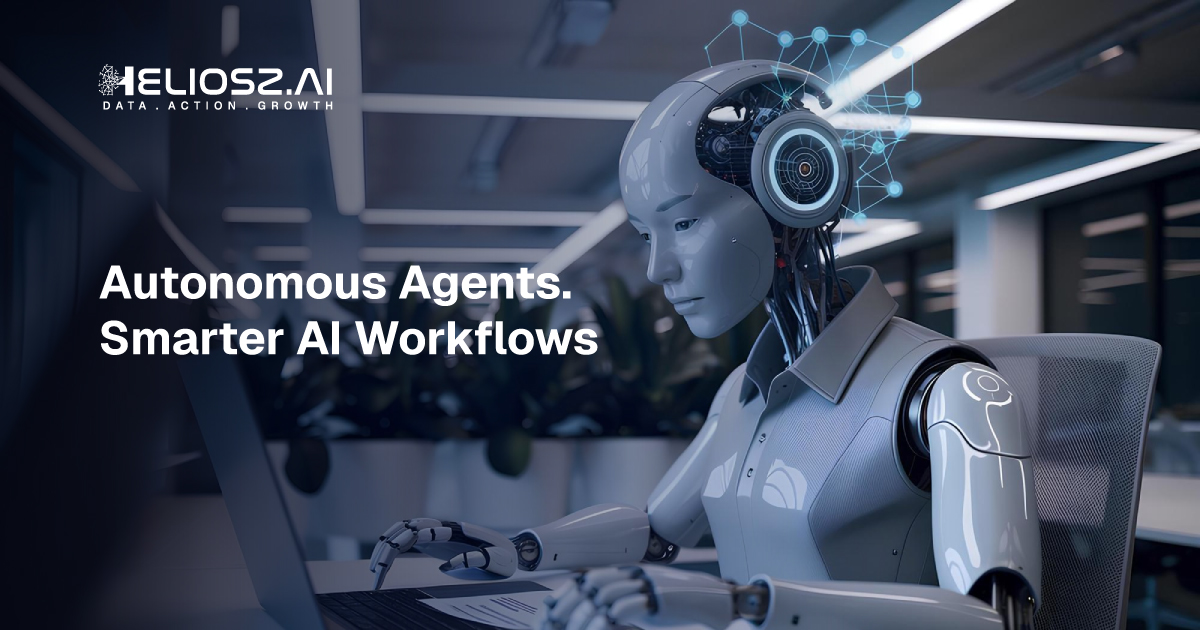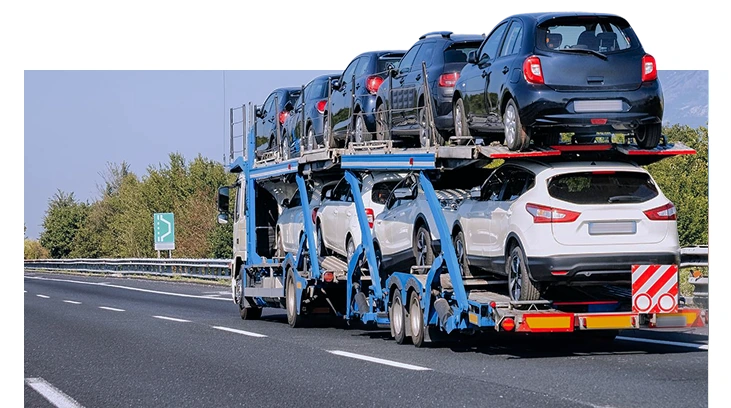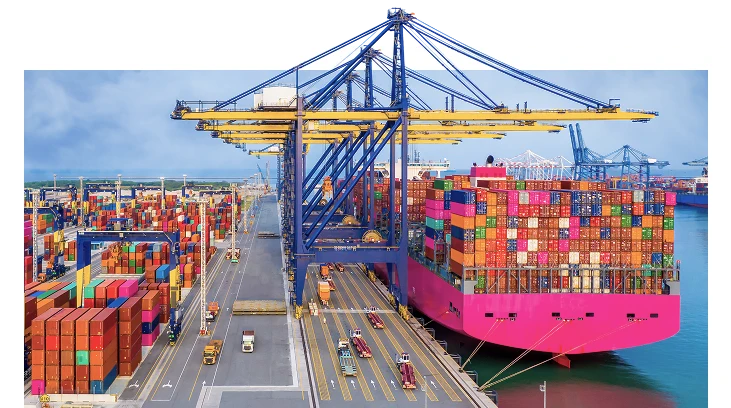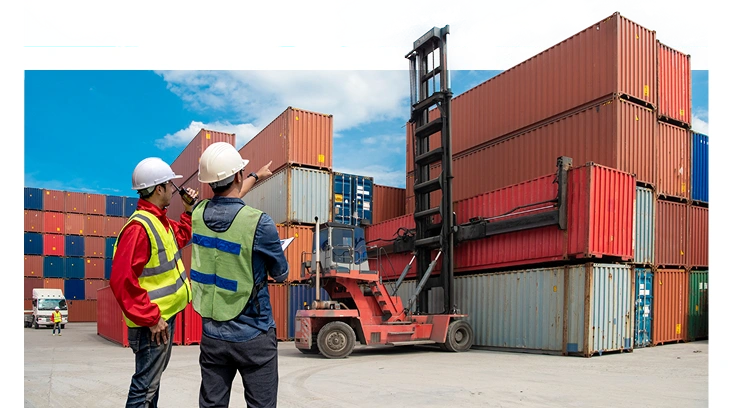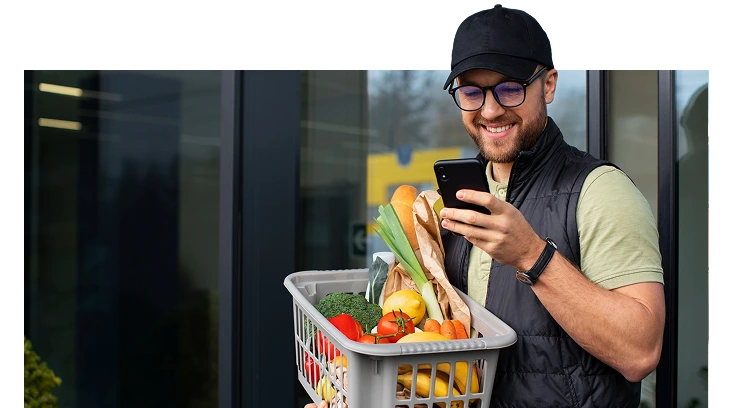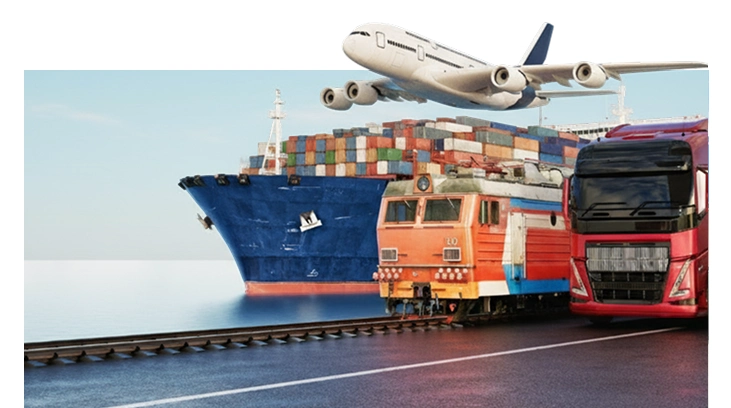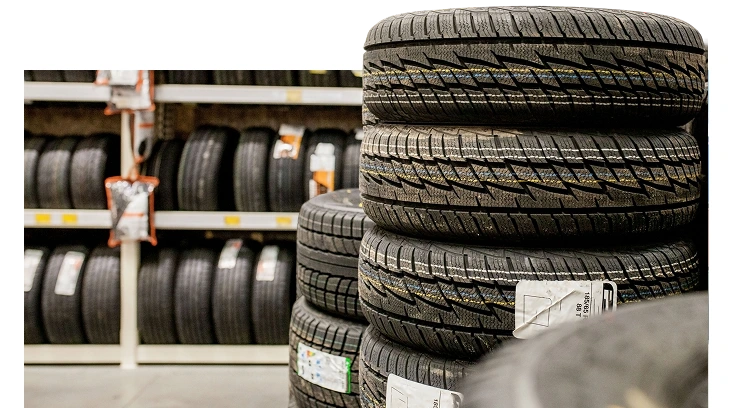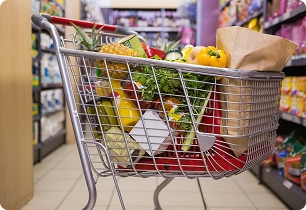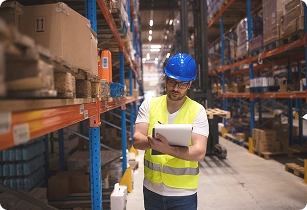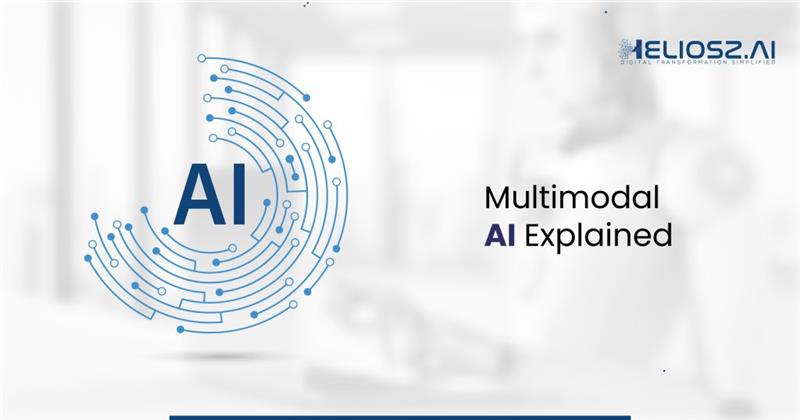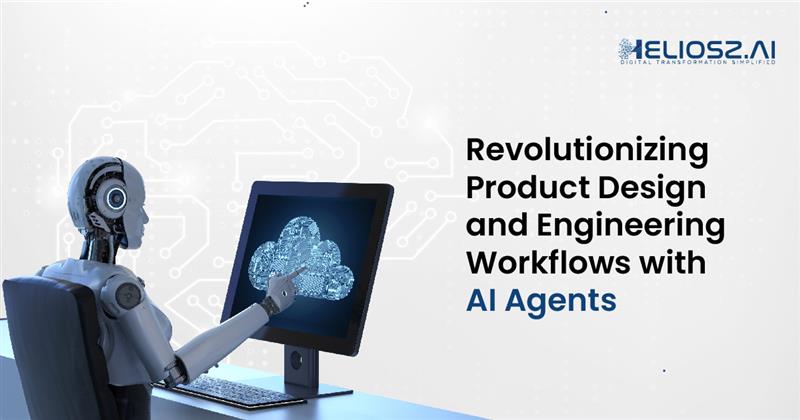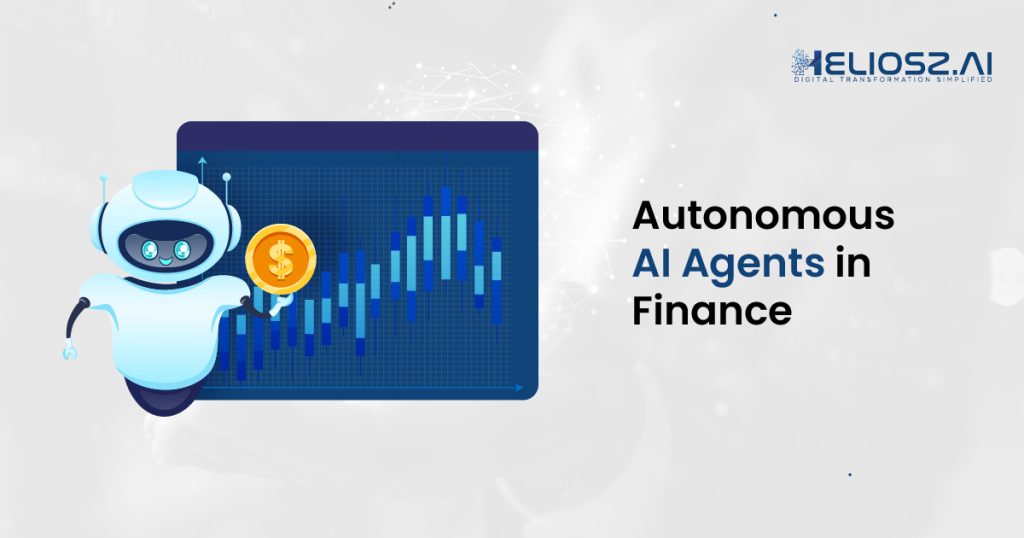Reimagining Consumer Goods with Data Intelligence
In today’s consumer-driven world, brands must stay ahead of shifting preferences and supply chain challenges. Heliosz.AI helps consumer goods companies use data and AI to anticipate demand, innovate faster, and deliver personalized brand experiences.
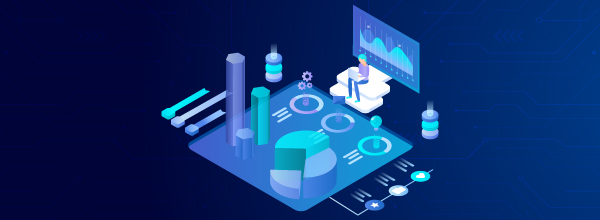
Demand forecasting in the CPG sector is pivotal for maintaining optimal stock levels and meeting market requirements efficiently. By leveraging advanced statistical models and machine learning, businesses can predict customer demand with high accuracy, minimizing both stockouts and overstock. This helps optimize production schedules, enhance inventory management, and reduce excess stock, resulting in cost savings and improved service levels across the entire supply chain.
Utilize machine learning algorithms to predict demand fluctuations and improve forecasting accuracy.
Analyze historical trends and seasonal patterns to ensure accurate future demand predictions.
Align sales and marketing efforts with demand forecasts to optimize promotions and marketing strategies.
Integrate real-time sales data to continuously update demand predictions, adjusting for any market shifts.
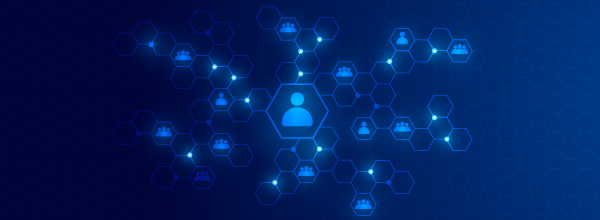
Effective customer segmentation and personalization strategies are key drivers of success in the CPG industry. By leveraging data analytics, companies can segment customers based on various characteristics like demographics, purchasing behavior, and preferences. This enables tailored marketing strategies, personalized offers, and customized product recommendations, improving customer engagement and driving higher sales and retention rates.
Segment customers based on past purchase behavior, preferences, and interactions for targeted campaigns.
Develop personalized marketing campaigns and promotions based on detailed customer insights.
Predict the future value of customers to prioritize high-value segments and optimize retention strategies.
Deliver consistent and personalized messaging across all customer touchpoints, both online and offline.
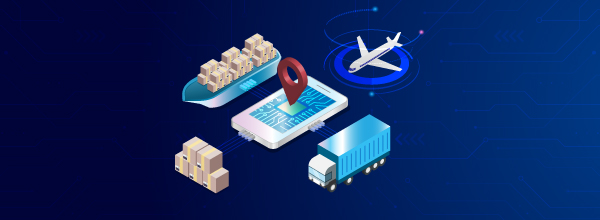
Supply chain optimization in the CPG industry ensures that products are delivered efficiently from manufacturers to consumers. By using advanced analytics, machine learning, and AI models, businesses can gain insights into their supply chain's performance, optimize routes, reduce lead times, and identify cost-saving opportunities. This results in a more agile and cost-efficient supply chain, capable of adapting to market changes and consumer demand fluctuations in real-time.
Optimize logistics and delivery routes to minimize transportation costs and reduce delivery times.
Predict potential disruptions and identify risks in the supply chain to mitigate the impact of unforeseen events.
Use predictive analytics to ensure optimal stock levels across warehouses, minimizing stockouts and overstock.
Monitor and evaluate supplier performance to ensure timely deliveries and the highest quality standards.
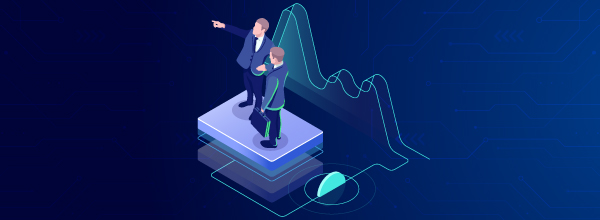
Trade promotions play a critical role in driving sales within the CPG industry, but optimizing the return on investment (ROI) from these promotions can be complex. By utilizing data-driven insights and advanced analytics, companies can accurately predict the impact of trade promotions, allocate promotional spend more effectively, and improve overall promotional performance. This helps businesses maximize their promotional budgets, optimize deals, and boost sales growth through more targeted and efficient campaigns.
Use historical data to evaluate the impact of past promotions and improve future strategies.
Allocate resources more efficiently across different promotional activities to ensure maximum ROI.
Tailor promotions to specific customer segments and regions based on historical data and insights.
Track promotion performance in real-time and adjust strategies as needed for better outcomes.
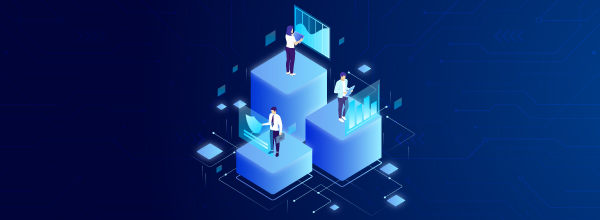
Sustainability is becoming a top priority for consumers, and businesses in the CPG industry must adopt sustainable practices to stay competitive. Sustainability analytics allows brands to track environmental impacts, monitor resource consumption, and ensure ethical sourcing across their supply chains. By leveraging data and analytics, CPG companies can reduce waste, minimize their carbon footprint, and promote transparency, which not only meets consumer demands but also drives business performance and compliance with global sustainability standards.
Measure and track carbon emissions across the supply chain to identify areas for reduction.
Use data to ensure that materials and products are sourced sustainably, meeting both regulatory and consumer demands.
Implement data-driven approaches to minimize waste and improve recycling initiatives in the supply chain.
Provide detailed reports on sustainability metrics to ensure transparency and support marketing efforts.
Purpose-built analytics for data-driven CPG innovation.


























